8 Causes of Flu and How to Treat It, Beware of Transmission Risk Factors
Flu or influenza is a health disorder caused by a viral infection. It affects the nose, throat, and even the lungs. Here are the causes of flu that need to be aware of.
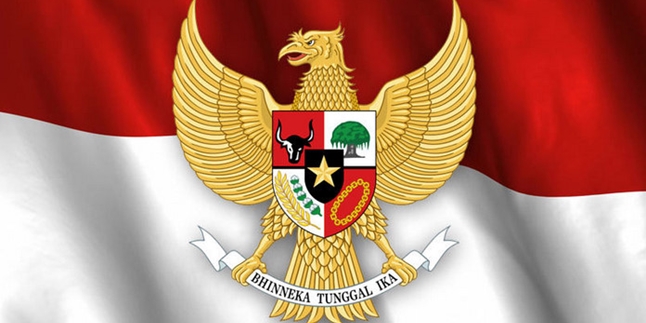
Kapanlagi.com - Pancasila is the emblem of the Republic of Indonesia. Pancasila is a symbol that is still firmly held by the state and the Indonesian people. This Pancasila symbol is a guide for the state and the Indonesian people, which makes this country peaceful in all its differences.
In fact, Pancasila has been chosen as the emblem of the Republic of Indonesia, as stipulated in Article 36A of the Constitution. As the name suggests, this national emblem is manifested in the form of a Garuda bird, with a shield on its chest. The shield in Garuda Pancasila contains five symbols of Pancasila.
The five symbols of Pancasila are stars, chains, banyan trees, buffalo heads, as well as rice and cotton. All of these Pancasila symbols have meanings for the Indonesian nation. And to know the meaning and significance of these Pancasila symbols, let's check out the meaning and significance of Pancasila symbols as reported from various sources.
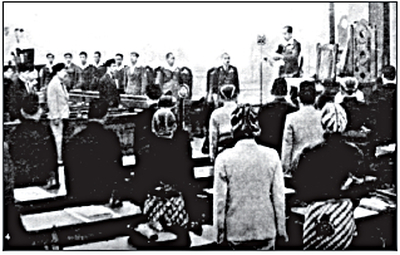
BPUPKI Session (credit: Wikipedia)
Before understanding the meaning of the Pancasila symbol, you must know the history of Pancasila. Pancasila Day is commemorated every June 1st each year. On May 29th, the Body of Investigators for the Preparation of Indonesian Independence (BPUPKI) held a meeting with the theme of the state's foundation. Unfortunately, after several days of meeting, they still couldn't find a clear point regarding the state's foundation.
Then, on June 1st, 1945, Ir. Soekarno was given the opportunity to deliver a speech. In his speech, he conveyed the idea of the Indonesian state's foundation, called Pancasila. Upon hearing the speech, BPUPKI decided to form a small committee to draft the state's foundation based on the guidelines provided by Ir. Soekarno.
Through discussions between the small committee and BPUPKI, the Committee of Nine was formed, consisting of Ir. Soekarno, Mohammad Hatta, Abikoesno Tjokrosoejoso, Abdul Kahar Muzakir, Agus Salim, Achmad Soebardjo, Mr. AA Maramis, Wahid Hasjim, and Mohammad Yamin. This committee formulated the draft of the Opening of the Constitution and made it the text to proclaim the independence of Indonesia.
Then, on August 18, 1945, precisely during the first session of the Preparatory Committee for Indonesian Independence (PPKI), it was decided that the formulation of Pancasila was declared as the legitimate foundation of the Indonesian state. And it marked the birth of Pancasila, which is commemorated until today.

BPUPKI Session (credit: Wikipedia)
Not only the history of Pancasila, there is also a history of the Garuda Pancasila emblem. As reported by merdeka.com, the Garuda Pancasila emblem was designed by Sultan Hamid II on February 11, 1950 during the United Indonesian Cabinet Session. The Garuda Pancasila emblem began to be widely introduced to the public on February 15, 1950.
After being chosen as the national emblem, Garuda Pancasila underwent some improvements. One of the improvements was the addition of a crest on top of the head. This made the design of Garuda Pancasila look more majestic and different from the emblem of the United States.

National Emblem from time to time (credit: Wikipedia)
Then there is also the meaning of the Garuda bird itself. This Garuda bird was not chosen just because it is an ordinary bird, KLovers. The Garuda bird was chosen because it has a very extraordinary meaning. Although many still question whether the Garuda bird really exists or is just a myth that becomes a debate.
If we look at history, the archipelago society has long known the figure of the Garuda bird. Even long before the Indonesian state was established, its people already knew Garuda through puppet stories. As reported by Merdeka.com, in Hinduism and Buddhism, Garuda is one of the gods. This powerful bird is the mount of Lord Vishnu (one of the Trimurti or manifestations of God in Hinduism).
Garuda is depicted as having a golden body, a white face, and red wings. Its beak and wings resemble an eagle, but its body is like a human. It is large enough to block the sun. The story of the Garuda bird is written in the Mahabharata and Puranas, which originated from India. In Hindu mythology, Garuda is the king of birds who comes from the lineage of Kasyapa and Vinata, and is the archenemy of the snakes.
Having a majestic appearance, seen from its beak, claws, wings, and tail that look firm. Even being one of the powerful birds believed to be a god, the Garuda bird was chosen as the national symbol. And this is very suitable to symbolize the great and strong Indonesian nation. Its golden color also symbolizes the grandeur and glory of the Indonesian nation.

Garuda Pancasila (credit: Wikipedia)
Very detailed in a symbol, even the number of feathers on the Garuda bird in the Pancasila symbol also has a meaning, KLovers. The number of feathers on the Garuda bird in the Pancasila symbol has its own meaning. The number of feathers on the wings, tail, neck, and bottom of the shield each symbolize the date of independence 17-08-19945, with the following details:

Star (credit: Wikipedia)
The chest of Garuda Pancasila is covered with a shield image. In the shield image, there are five symbols of Pancasila. One of them is the star symbol representing the first principle. The golden star symbol with a black background shield signifies the belief in the One Supreme God.
The star is interpreted as a light like God that becomes a spiritual light for every human being. This golden star implies that Indonesia is a religious and devout nation. Where the nation believes and is devoted to the One Supreme God according to their respective beliefs.
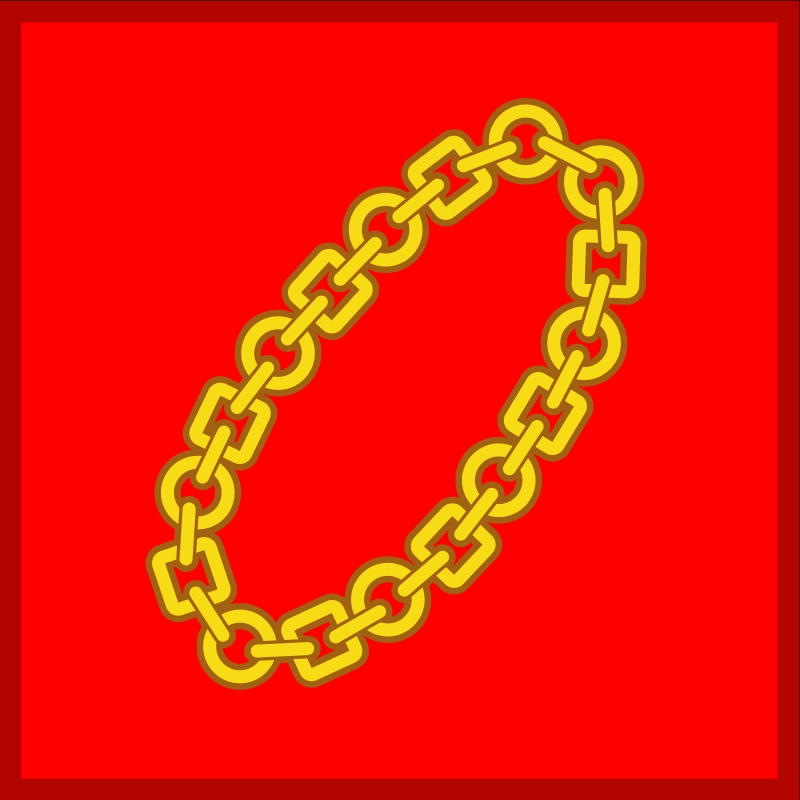
Gold Chain (credit: Wikipedia)
Then the symbol of a gold chain in the Pancasila symbol becomes the second principle in Pancasila. The yellow chain symbol with a red background is used as the basis for Just and Civilized Humanity. The chain symbol is composed of small rings with a total of 17 rings and connected to each other.
This indicates the relationship between humans who help each other and live in fair and civilized justice in human life. Square-shaped rings represent men, while circular rings represent women.

Banyan Tree (credit: Wikipedia)
Next is the banyan tree in the symbol of Pancasila. In Pancasila, the banyan tree is used as the basis for the third principle, which is Unity of Indonesia. The banyan tree is a tree in Indonesia that has prop roots. It has a long, strong, and deep taproot that supports the large tree.
Furthermore, the banyan tree also has dense foliage. Like an umbrella that provides shade, the banyan tree symbolizes protection and unity. In addition, the strong roots of the banyan tree also symbolize the solid unity of the Indonesian people. This is in accordance with the third principle, "Unity of Indonesia."

Banteng Head (credit: Wikipedia)
In nature, bulls are known as social animals that enjoy gathering with their peers. This is very suitable with the characteristics of Indonesian society that highly values deliberation for consensus, in accordance with the fourth principle of Pancasila, "Democracy guided by the inner wisdom in the unanimity arising out of deliberations amongst representatives." And that is why the bull's head was chosen as one of the symbols of Pancasila.
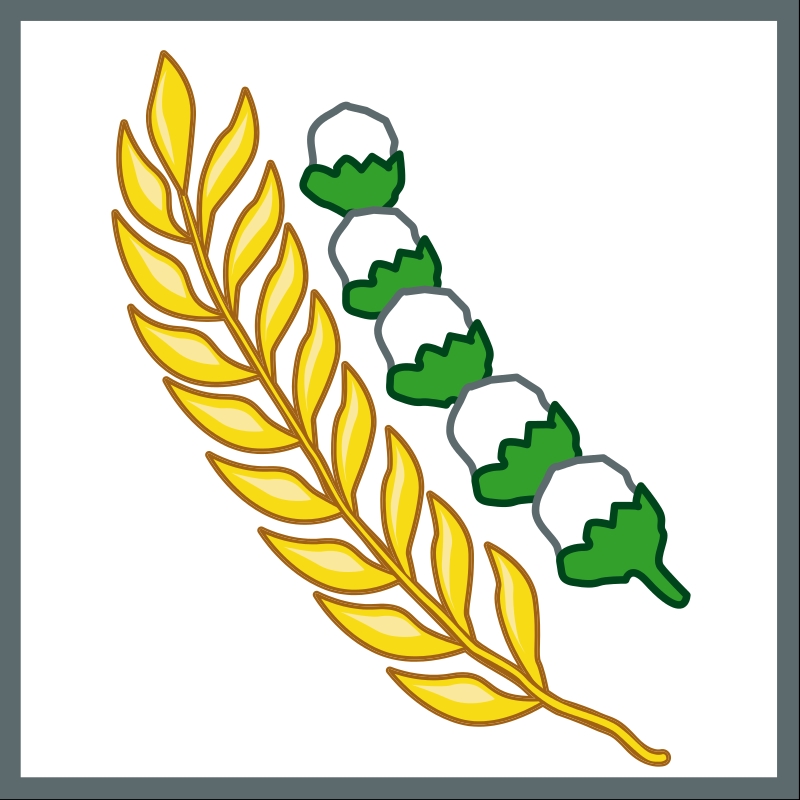
Rice and Cotton (credit: Wikipedia)
The symbols of rice and cotton are symbols of food and clothing. As we know, both are basic needs of society. Therefore, the presence of this symbol in the Garuda Pancasila shield is very appropriate for the purpose of the fifth principle "Social justice for all of Indonesia".
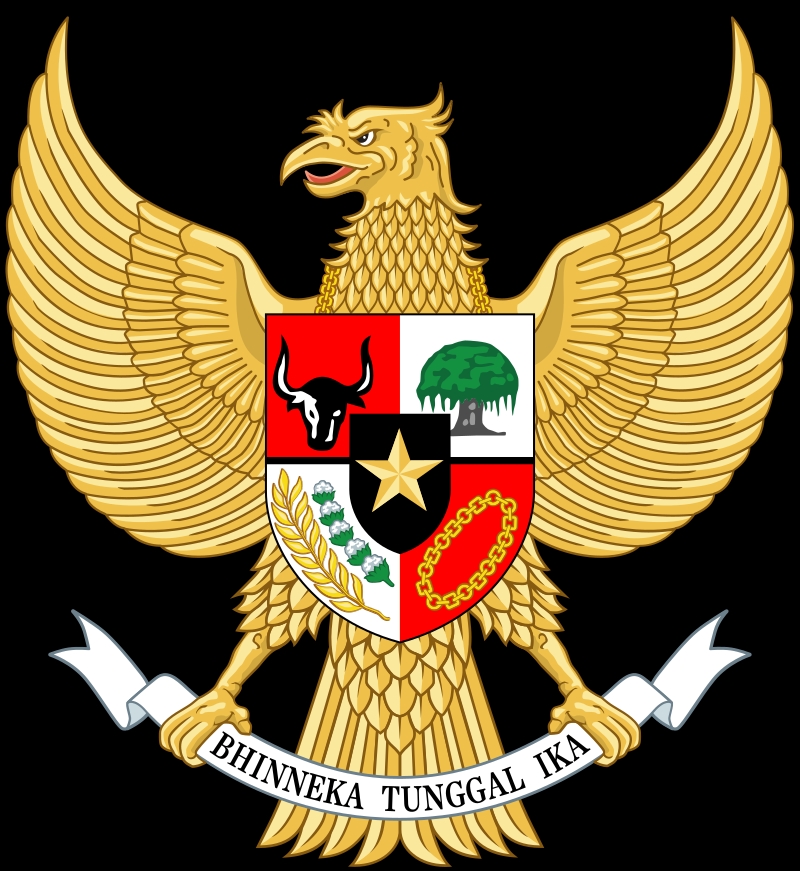
Garuda Pancasila (credit: Wikipedia)
And finally, there is a ribbon symbolizing Bhinneka Tunggal Ika in the emblem of Pancasila. The ribbon is seen tightly grasped by the two legs of the Garuda bird. The ribbon is white with black writing that looks extraordinary in the Pancasila symbol.
The words "Bhineka Tunggal Ika" on the ribbon are a fragment from the book Sutasoma by Empu Tantular. As we know, "Bhineka Tunggal Ika" carries a great meaning, "Although different, still one". This is very suitable for the diverse Indonesian society, but still upholds unity.
That is the Pancasila symbol along with its meaning and history. Not only does it become more knowledge and understanding for you, but hopefully by learning this, we will love and be proud of the Republic of Indonesia even more.
(kpl/dhm)
Cobain For You Page (FYP) Yang kamu suka ada di sini,
lihat isinya
Flu or influenza is a health disorder caused by a viral infection. It affects the nose, throat, and even the lungs. Here are the causes of flu that need to be aware of.
Perhaps, the term 'producer' is already quite familiar. However, in reality, there are still many who do not understand the rights, obligations, functions, and other things regarding producers. Find the explanation here.
Traditional musical instruments actually have many types that you can find. To continue preserving traditional musical instruments, here are a series of traditional musical instruments in Indonesia. What are they? Let's directly check out the review.
Thick blood, also known as hypercoagulability, occurs due to an imbalance or abnormality between proteins and cells responsible for blood and blood clotting. These are important causes of thick blood that need to be known.
Mental illness has become one of the frequently discussed topics lately. Mental illness is a commonly used term to refer to emotional or mental disorders. Learn about the causes and various types.
You need to know that forests are divided into several types and have different characteristics. To get a clearer understanding of the types of forests in Indonesia, let's directly check out the following review.
The function of the kidneys for the body is very vital and has many roles. What are they?
There are various types of film genres that are most popular and have many fans. To increase your knowledge about film genres, here are the most popular and beloved film genres. What are they? Let's find out.
Here are 14 benefits of soursop juice for body health, along with its nutritional content. What are the benefits of soursop juice? Let's check it out, KLovers.
The causes of headaches can occur due to various factors that affect sensory organs such as the eyes and ears.
The types of beef cattle with the best meat quality are always sought after by many people. This is because beef cattle have many benefits for humans. So, what are the types of beef cattle?
In living life, humans interact and communicate with each other. In fact, communication is very important as it is always used in various aspects of life. Learn more about it here.